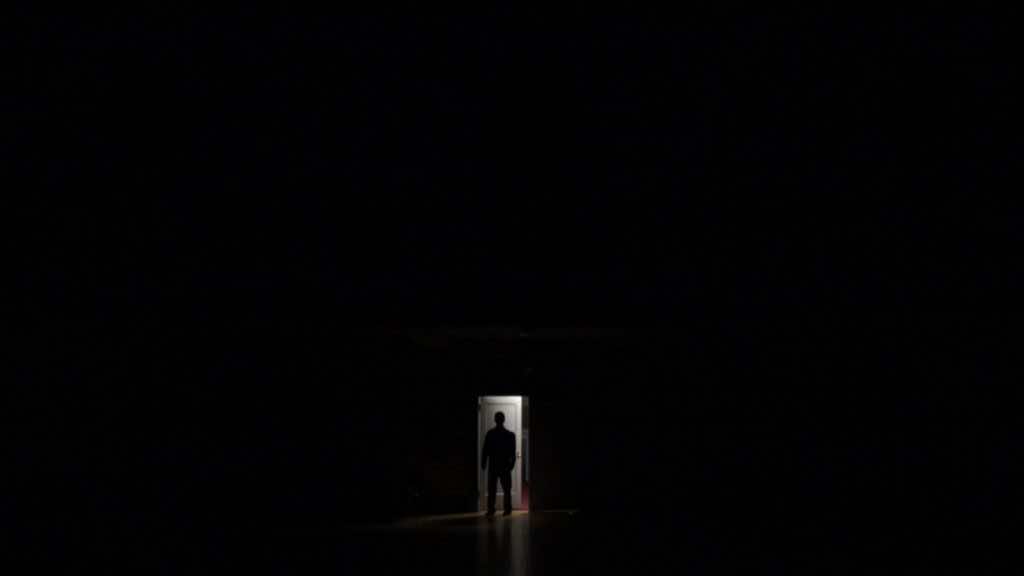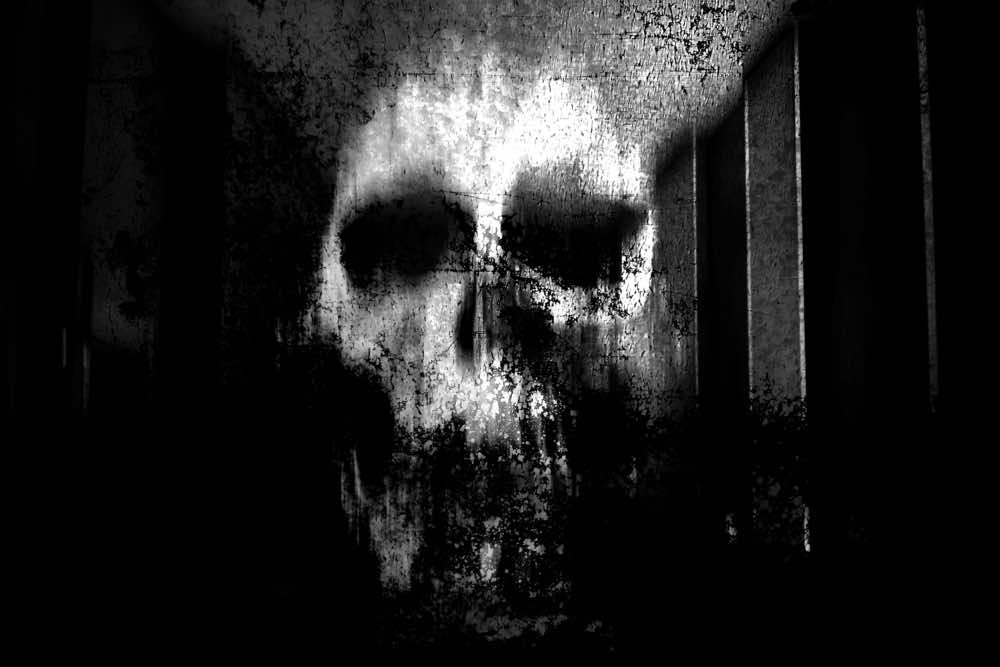This might a question as old as humanity. The dark has always presented itself as something the embodies the unknown and the mysterious. I’ve always felt a sense of danger whenever I passed through a dark alley or entered a pitch-black room. It’s like one’s senses wouldn’t go past that thin barrier that separated the light and the dark.
Dark places feel like an endless abyss and you can always feel something inside is staring back at you. Scientists are now researching the exact reason humans are so fearful of the dark. Researchers from the Monash University have teamed up with a group from the Australian Catholic University to finally learn more about what goes on in the brain when subjected to dark environments.

It’s pretty evident that humans feel more relaxed under light and it plays a vital role in our physiology. So to research this matter, the team devised a human experiment by making use of Functional Magnetic Resonance Imaging or fMRI. The goal was to investigate the effects light and dark had on the brain. They specifically focused on the amygdala.
The amygdala is the part of the brain where emotions are remembered, given meaning, attached to specific memories, and responses. The group’s study was published in the journal PLOS ONE. Their study involved around 24 participants that all went through fMRI and were exposed to varying intensities of light ranging from 100 lux to 1 lux. fMRI allowed the researchers to see activated brain areas in real-time.

Initial findings showed that moderate light suppressed the activity of the amygdala more so than dim light and hence this could be an indicator of why people feel more fear in the dark. Not to mention that the amygdala is also connected with the ventromedial prefrontal cortex or vmPFC, which serves as a region to bind together large-scale networks that promote emotional processing, decision-making, memory, and social cognition.
According to the paper published by the authors, “The amygdala and vmPFC together play a key role in the expression and regulation of fear. The amygdala is involved in the acquisition and expression of fear-related conditioning, while the vmPFC is required for effective fear extinction”.
They also explained that “Light is an effective therapeutic tool for mood problems. We have shown that dim-to-moderate light suppresses amygdala activation and enhances amygdala-vmPFC connectivity. These effects may contribute directly to the mood-elevating effects of light via improved emotional processing, and a reduction in fear-related emotion”.
While this study may have found some answers as to why humans feel afraid of the dark, we still need to why the amygdala acts this way or if something deeper and mysterious is going on. The absence of light might have more effects on the human body than what we’ve been able to learn so far.


